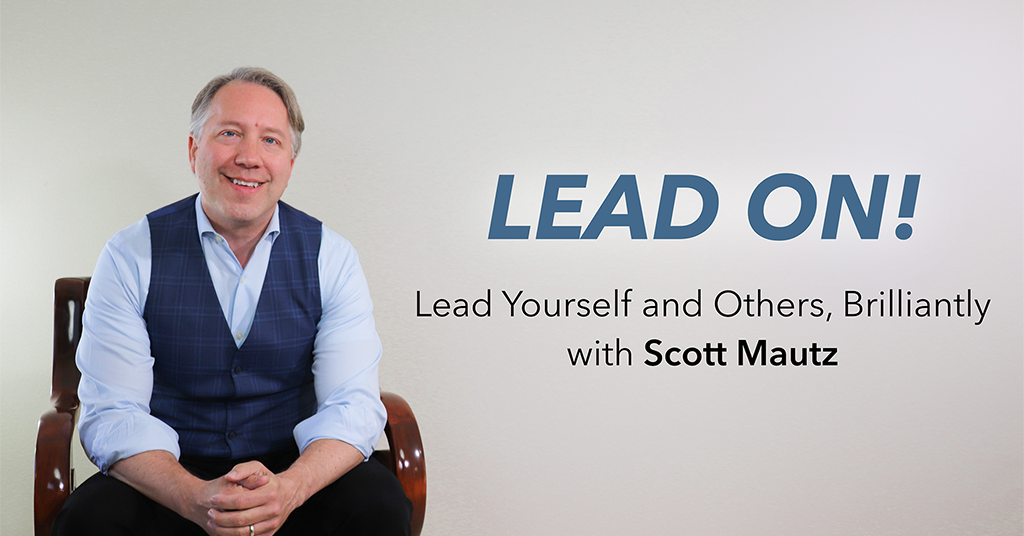
INSIGHTS (on leadership/self-leadership)
Empathy can be defined as making others feel seen and heard, and having the capacity to understand what others are thinking/feeling, and relate. Research shows that leading with empathy has become more important than ever given all that we’ve gone through as a global community. And here’s the key to doing it well: Ask yourself, before you take action on anything that will materially impact your employees, “Am I about to come across as knowing what it feels like when…” More specifically, use this powerful fill-in the blank sentence before taking an action:
“I know what it feels like when __________,
therefore, I will __________,
to make him/her/them experience __________.”
For example, before deploying yet another big change to your organization, imagine if you said to yourself:
“I know what it feels like when you have to go through yet another big change,
therefore, I will ensure my employees feel safe and involved with this change,
to make them experience a change that sets them up to succeed.”
You get the idea. So much of showing empathy is about making people feel seen, heard, and understood – and so much of that is accomplished by practicing this one, powerful, fill-in-the-blank sentence.
IMPERFECTIONS (a mistake I’ve made)
Consider this. When you feel a fear of failure kicking in, you’re actually not afraid of failure itself, per se. You’re afraid of something associated with failure, like something that you’ll lose because of the failure, or something that you’ll have to give up. Or in my case, you fear shame associated with failure, which is a particularly nasty mistake. You see, shame is the most toxic of emotions. With shame, instead of feeling bad about your actions (which is guilt), or your efforts (which is regret), shame makes you feel bad about who you are. It dupes you into forgetting that as humans we’re all fallible and that failure shouldn’t bring shame but pride in the human struggle that helps you to grow. So, learn from me and don’t give into this most useless of emotions.
IMPLEMENTATION (one research-backed strategy, tip, or tool)
In 2019 The World Health Organization named workplace burnout an official occupational hazard, and listed the telltale signs, including low energy and tiredness, disengagement and apathy, cynicism and complaining, decreased productivity and quality of work, self-isolation (detaching from social aspects of work), irritability and over-sensitivity, and absenteeism and tardiness. How do you address burnout – such a hit list of nastiness? By asking these 4 questions of yourself (or of your affected employee) about your/their workload:
1. Is it too much work? If so, laser in on priorities and eliminating non-essential work and get training to be more efficient at that work.
2. Is it the wrong work? This leads to consideration of whether or not the role is the right fit and to driving role clarity (ensuring expectations of the role are understood and acknowledging where things have been taken on outside the scope of responsibility).
3. Are you getting the wrong response to your work? Perhaps efforts go unappreciated (which can be exhausting) or maybe you keep running into unreasonable restraints, barriers, or toxicity in trying to get the work done. More appreciation and help in busting barriers is the key here.
4. Do you have unrealistic expectations of your work? This is common among high achievers. It requires setting realistic expectations and boundaries, avoiding perfectionism, getting past a fear of rejection or criticism, and getting good at “good enough.”




Leave a Reply